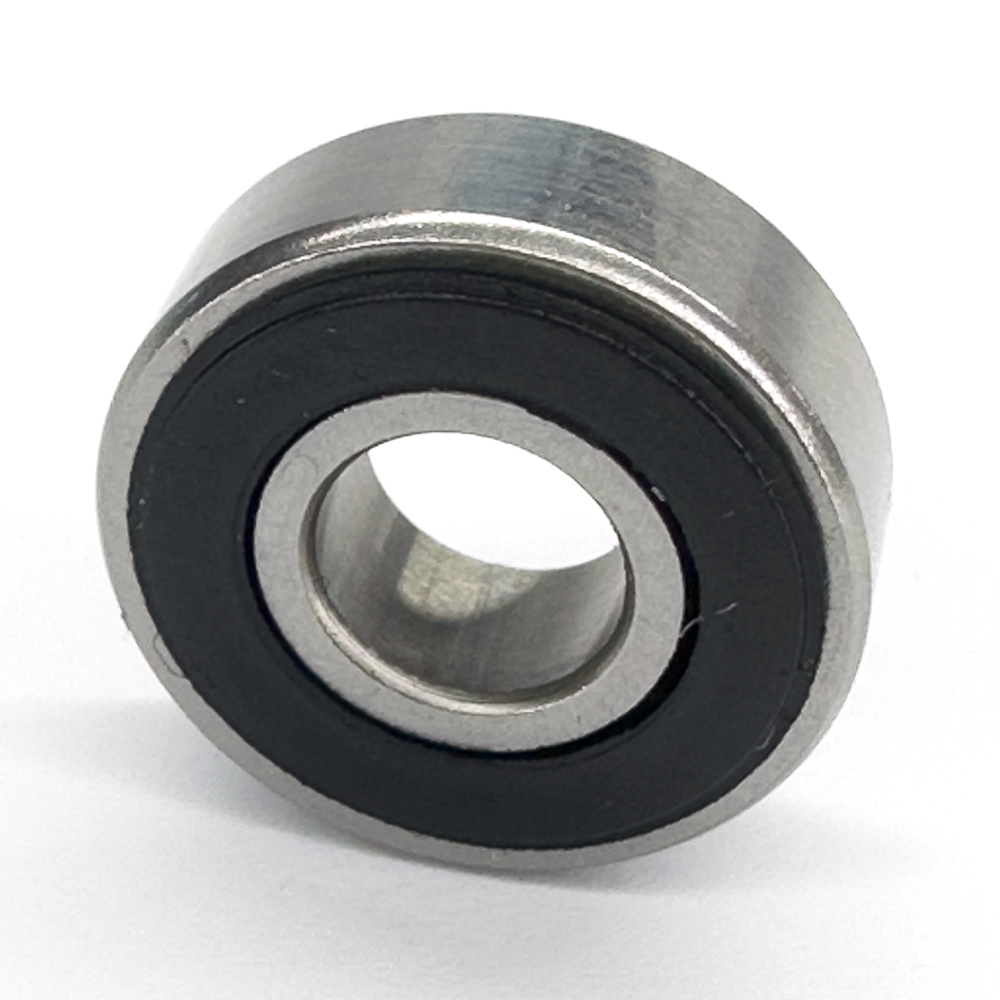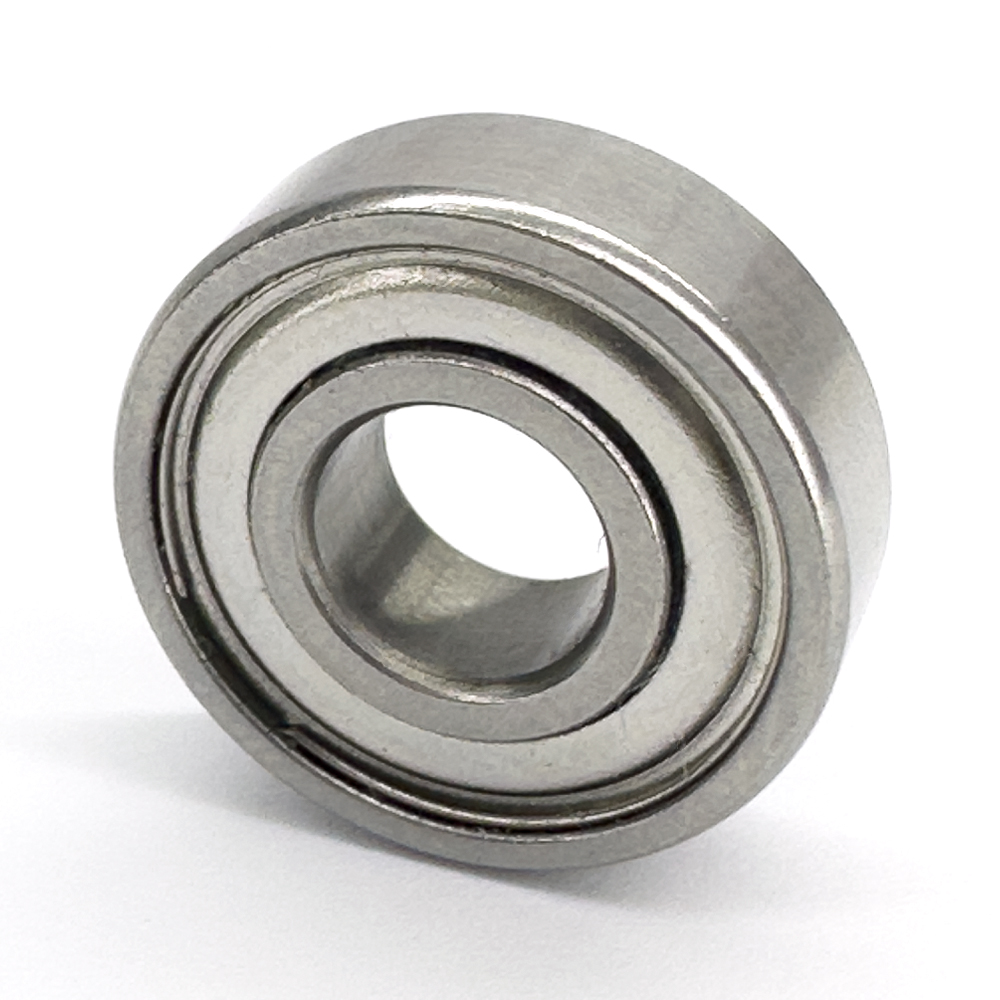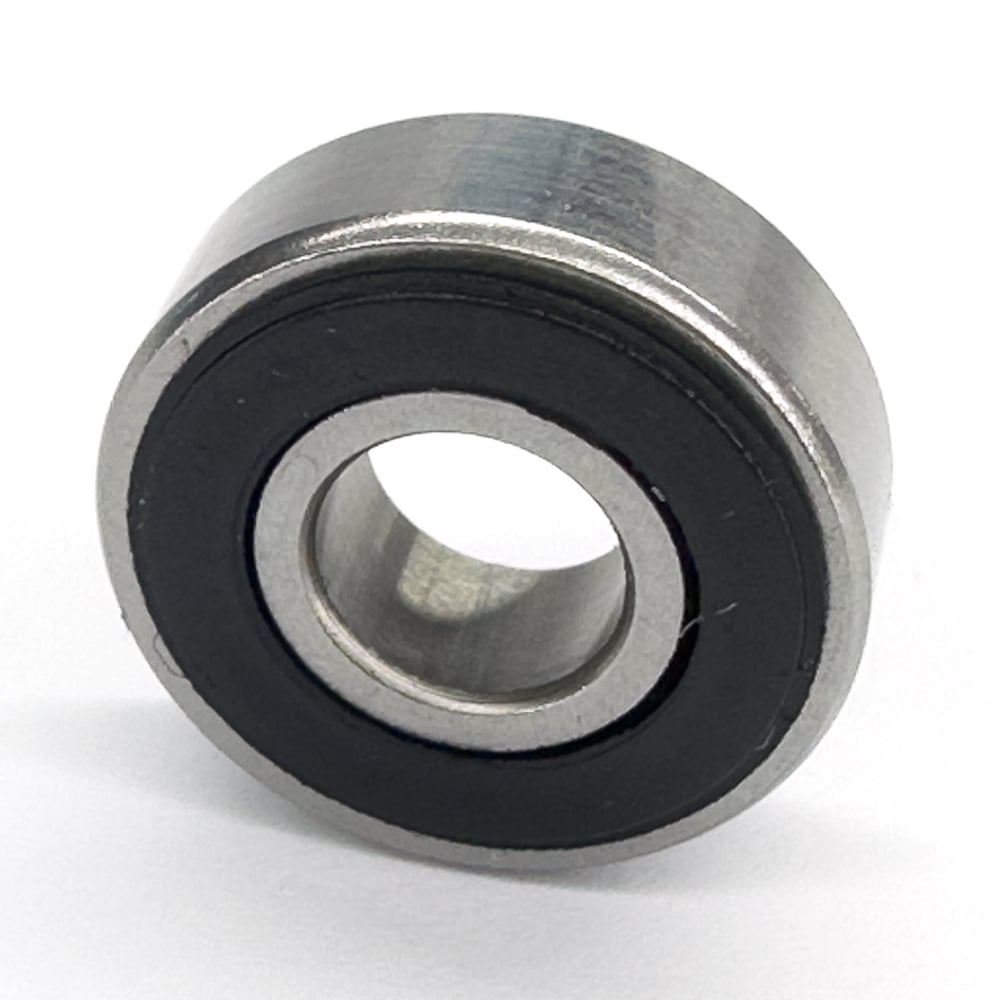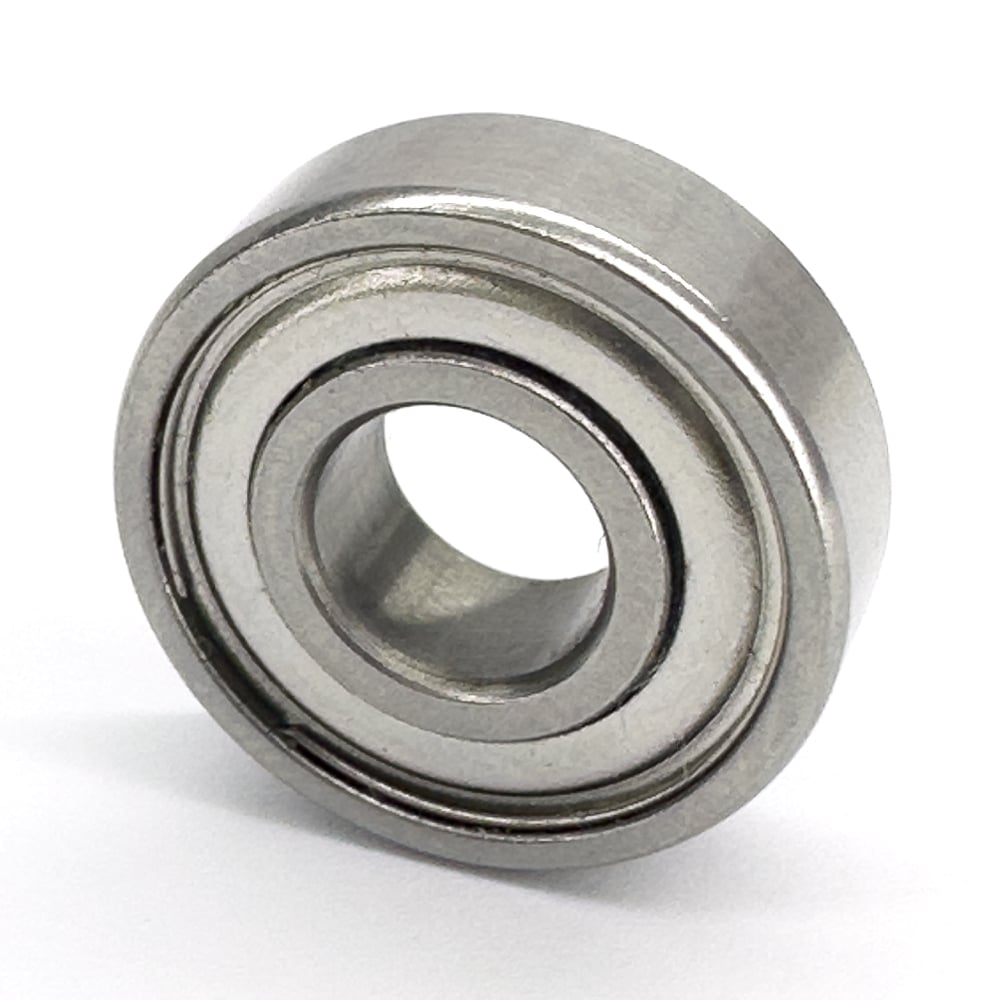SMR74 2rs

| Part Number | SMR74 2rs |
| System of Measurement | Metric |
| Bearing Type | Ball |
| For Load Direction | Radial |
| Construction | Single Row |
| Inner Ring Type | Standard |
| Seal Type | Sealed |
| Bore Dia | 4 mm |
| Bore Dia Tolerance | -0.008mm to 0 |
| Outer Dia | 7 mm |
| Outer Dia Tolerance | -0.008mm to 0 |
| Width | 2.5 mm |
| Width Tolerance | -0.12mm to 0 |
| Ring Material | 440C Stainless Steel |
| Ball Material | 440C Stainless Steel |
| Cage Material | 300 Series Stainless Steel |
| Shield Material | Nitrile Rubber |
| Dynamic Radial Load | 44 lbf |
| Static Radial Load | 17 lbf |
| Max Speed (X1000 rpm) | 54 |
| Lubrication | Required |
| Shaft Mount Type | Press Fit |
| Temperature Range | -30° to 110 °C |
| ABEC Rating | ABEC1 (Available in ABEC3/5/7) |
| Radial Clearance Trade No | MC3 (Available in MC1/2/4/5/6) |
| Radial Clearance | 0.002mm to 0.013mm |
| RoHS | Compliant |
| REACH | Compliant |
| Ball Dia | 1.0000 mm |
| Ball Qty | 8 |
| Weight | 0.23 g |
Design Features of SMR74 2rs Bearing
Designed to deliver reliable and efficient performance in tight spaces, SMR74 2rs Bearing is an excellent choice for industrial applications with limited space. SMR74 2rs bore dia is 4 mm. Its out dia is 7 mm. SMR74 2rs ball material is 440C Stainless Steel. Its seal type is Sealed. With high-speed capabilities, low friction, and reduced noise levels, this bearing provides optimal performance. It meets industry standards for precision and durability, making it suitable for various applications in different industries requiring compact-space solutions.
Applications of SMR74 2rs Bearing
SMR74 2rs Bearing is used across a wide range of industries that demand high precision and compact design, including but not limited to cryogenic coolers, pulmonary assist devices, clocks, and instrumentation. It is also utilized in fuel controls, surveillance systems, and gyros. Due to its small size and dependable performance, this bearing is a popular choice for applications where space is limited but precision is crucial.
Maintenance and Troubleshooting Tips of SMR74 2rs Bearing
Regular maintenance is crucial to ensure SMR74 2rs Bearing function at their best and last long. It's recommended to frequently inspect the bearing for any signs of contamination, wear, or damage. A non-corrosive solvent can be used to clean it, followed by thorough drying before lubrication. If there is any indication of excessive wear or damage, replace the bearing right away. Additionally, make sure to troubleshoot any issues with the application to ensure the bearing is being used within its intended parameters.



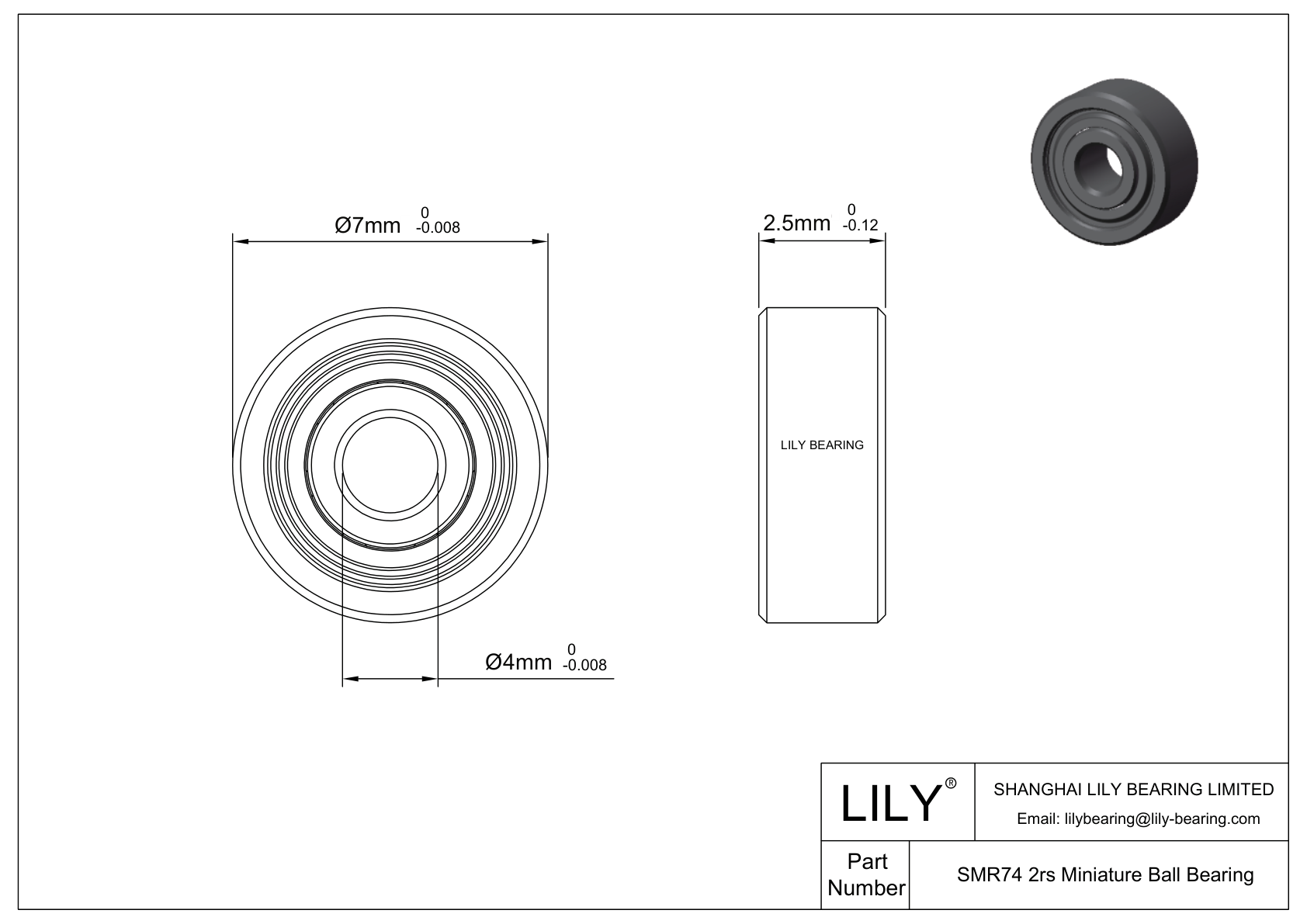

})
